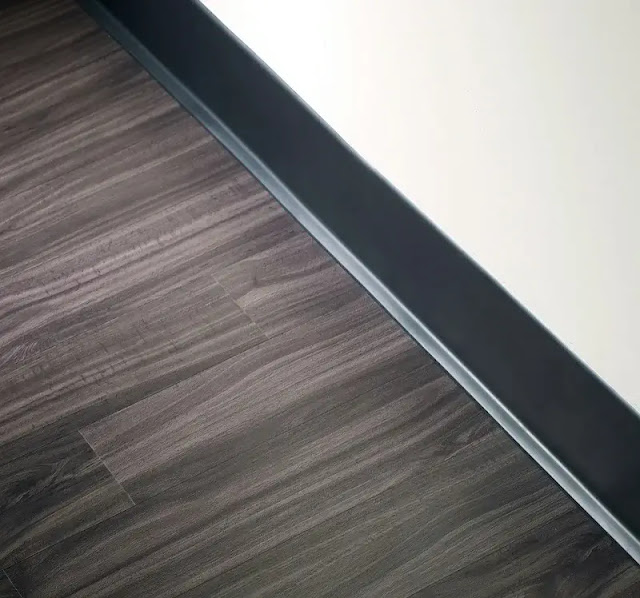Vinyl Floor Skirting: Enhancing Aesthetics and Functionality
Vinyl floor skirting is a vital component in interior design that often goes unnoticed but plays a significant role in enhancing the aesthetics and functionality of a space. These subtle yet essential elements provide a finishing touch to flooring installations, offering numerous benefits beyond mere visual appeal.
At its core, vinyl floor skirting serves as a protective barrier, shielding the lower portion of walls from damage caused by vacuum cleaners, mops, and other cleaning tools. This protective function helps maintain the integrity of both the walls and the flooring, extending their lifespan and reducing maintenance costs over time.
Beyond protection, vinyl floor skirting contributes to the overall visual coherence of a room. Available in a variety of colors, textures, and designs, it can seamlessly complement any flooring material, whether it's hardwood, laminate, tile, or vinyl itself. This versatility allows designers and homeowners to create cohesive interior schemes that reflect their personal style preferences.
One of the key advantages of vinyl floor skirting is its durability. Crafted from high-quality PVC material, it is resistant to scratches, dents, and moisture, making it an ideal choice for high-traffic areas such as hallways, kitchens, and bathrooms. Unlike traditional wooden skirting, vinyl skirting does not warp or rot when exposed to moisture, ensuring long-term performance even in humid environments.
Installation of vinyl floor skirting is relatively straightforward, thanks to its lightweight nature and flexible design. It can be easily cut to size and affixed to the wall using adhesive or screws, providing a seamless transition between the floor and the wall. Additionally, some vinyl skirting options come with integrated cable management features, allowing for discreet concealment of wires and cables, thereby enhancing the overall tidiness of the space.
Maintenance of vinyl floor skirting is hassle-free, requiring only occasional cleaning with a damp cloth or mild detergent to remove dust and dirt buildup. Unlike wooden skirting, which may require sanding and repainting over time, vinyl skirting retains its original appearance with minimal upkeep, making it a practical choice for busy households and commercial settings.
In addition to its functional attributes, vinyl floor skirting offers acoustic benefits by helping to reduce sound transmission between rooms. Its flexible yet resilient construction helps dampen noise vibrations, creating a quieter and more comfortable environment for occupants.
From a design perspective, vinyl floor skirting opens up a world of creative possibilities. Its smooth surface provides a blank canvas for decorative accents such as paint, wallpaper, or decals, allowing individuals to personalize their living spaces according to their tastes and preferences. Furthermore, the availability of various profiles, including straight, cove, and quadrant, enables designers to achieve different aesthetic effects, from sleek and modern to classic and traditional.
In conclusion, vinyl floor skirting is a versatile and practical solution for adding the finishing touches to interior spaces. Beyond its role in protecting walls and enhancing aesthetics, it offers durability, ease of installation, and maintenance, as well as acoustic benefits. Whether in residential or commercial settings, vinyl skirting proves to be a valuable asset in creating functional, visually appealing, and harmonious environments.



Comments
Post a Comment